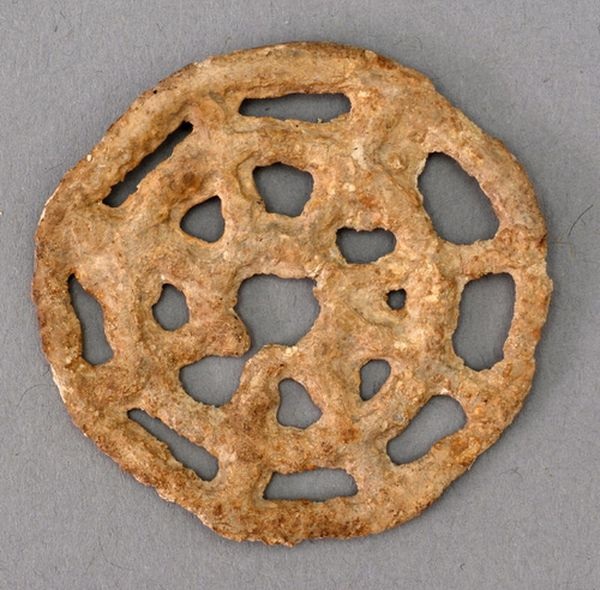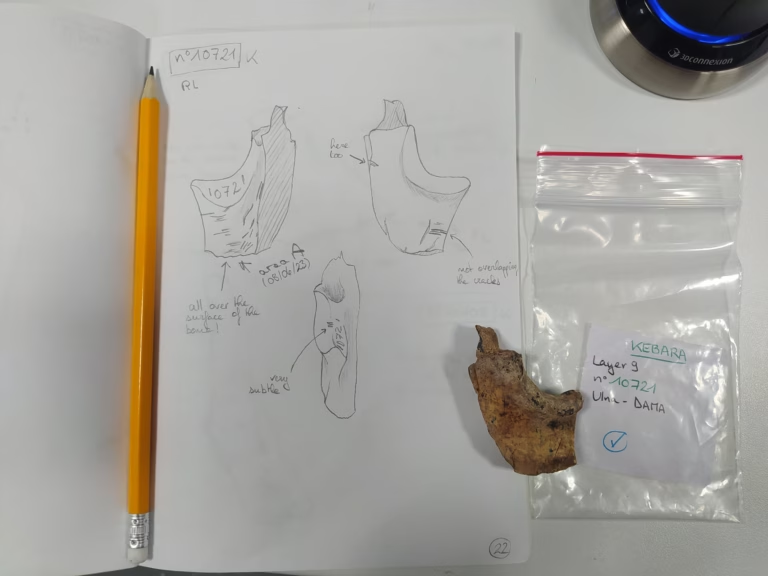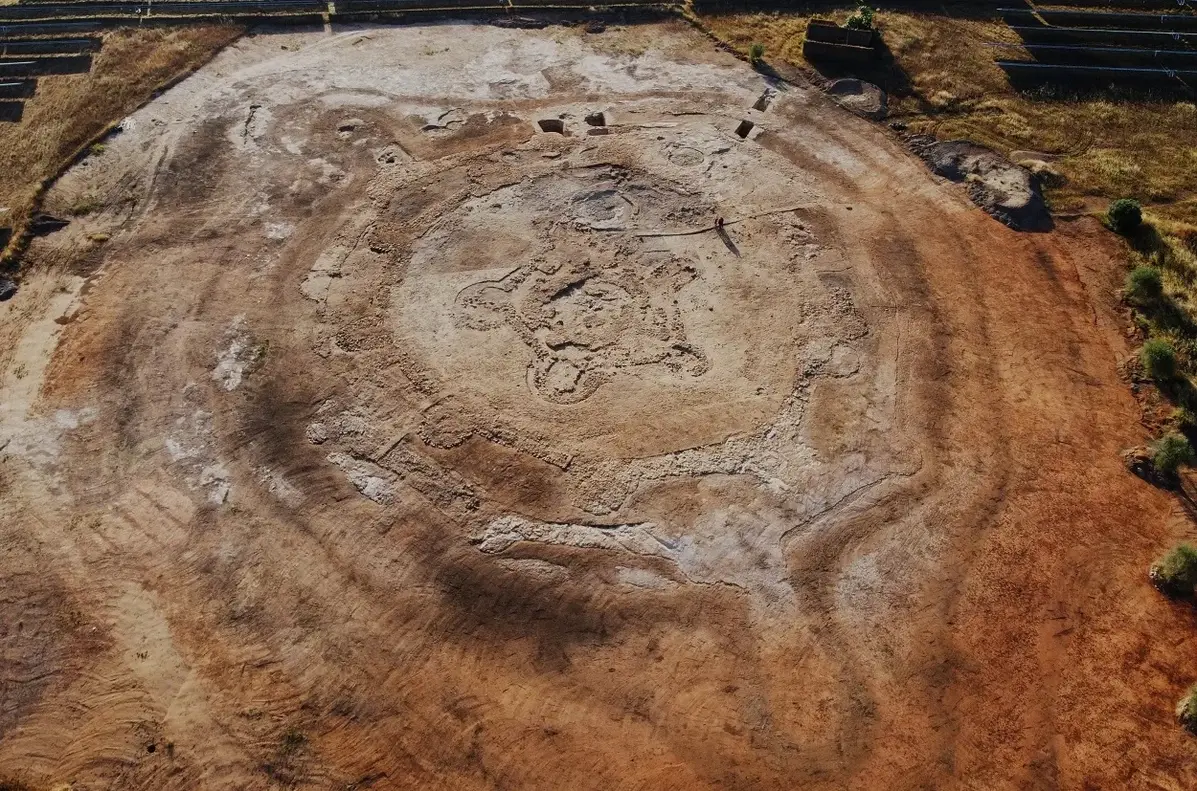Archaeologists from the Jagiellonian University Institute of Archaeology have uncovered the earliest evidence of metal extraction and smelting in Poland. They found that lead ornaments from the Early Iron Age originated from the Olkusz lead deposits in the Silesia-Kraków Upland. Their findings appeared in the journal Archaeometry.
New Insights on Olkusz Ore Deposits
The researchers provided fresh insights into the use of galena (lead sulfide) ores in the Silesia and Kraków Upland, known as the “Olkusz ore deposits.” During the Bronze Age (approximately 3300-1200 BCE) and the Early Iron Age, trade relations flourished due to the demand for valuable metals like copper, tin, and lead for bronze production. While copper and its alloys came from Southern Europe, local mining evidence was previously lacking. Historical data suggests that copper mining in Poland dates back to the Middle Ages, but lead mining appears to have started much earlier.
Methodology and Findings
The team used lead isotope ratio analysis to examine 11 lead ornaments from graves linked to the Late Lusatian culture. These included a lead ring crown, a necklace, and lead pendants. Their tests revealed that the Olkusz lead deposits were exploited much earlier than previously thought, dating back a millennium.
Dr. Karol Dzięgielewski from the Institute of Archaeology stated, “We have proven that lead extraction from the Olkusz galena deposits dates to the 1st millennium BCE. This suggests that metal extraction in Poland began with lead around the 8th to 7th century BCE, not copper.” The results push back the timeline for local ore usage and represent the earliest evidence of metal smelting in Poland.

Historical Context
Researchers confirmed that the earliest exploitation of the Olkusz lead deposits occurred during the Roman period, specifically in the 3rd century CE. This discovery stemmed from Dr. Zofia Stos-Gale’s research in the 1990s, which utilized lead isotope ratio determination techniques.
Dr. Ewelina Miśta-Jakubowska noted, “Other historical and archaeological data only point to the early Middle Ages, starting from the 10th century. Geomorphological data from excavations indicate that the polymetallic deposits around Olkusz were used from the 2nd century BCE to the 16th century CE.”
Challenges in Copper Mining Evidence
Despite numerous attempts, researchers have not found geochemical evidence to support local copper mining during the Bronze Age. The Jagiellonian University researcher explained, “The most serious candidates for this role are the Fore-Sudetes or the Świętokrzyskie Mountains, where known copper deposits exist. However, archaeological bronzes from these areas have not provided evidence of prehistoric exploitation.”

Innovative Techniques in Archaeology
The discovery utilized a method for determining lead isotope ratios in artifacts. This technique allows researchers to identify the metal composition of an object and is considered a significant advancement in archaeology. Since the 1960s, this method has gained recognition worldwide, and Poland currently experiences a surge in archaeometric research.
Dr. Ewelina Miśta-Jakubowska added, “Since the tests require only small samples from artifacts, conservators often do not permit such research. However, as you can see, the impact of these studies can be groundbreaking.”





